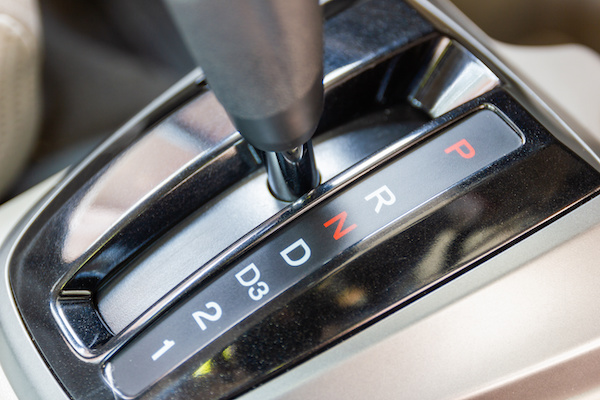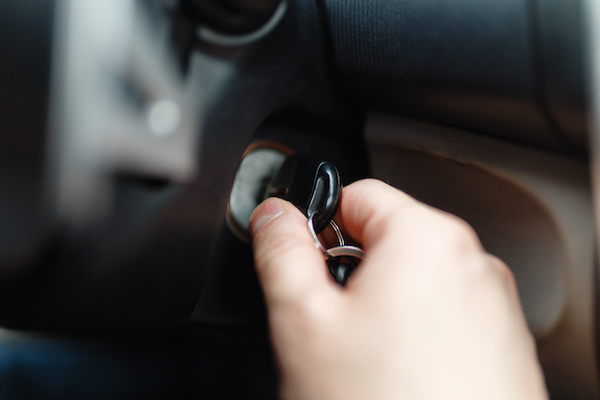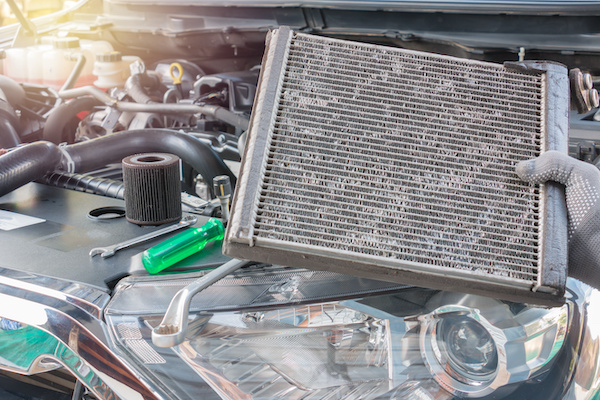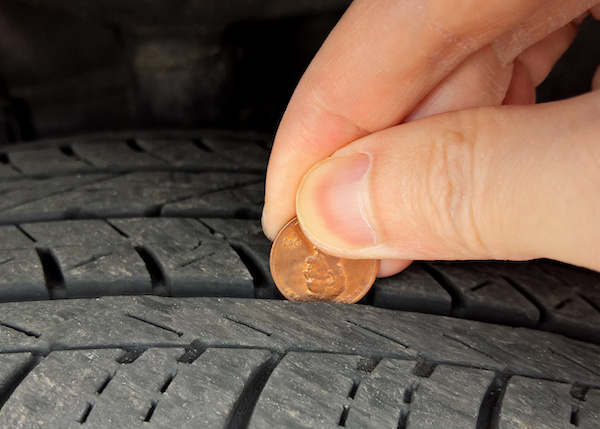Posted on 12/31/2022

The neutral gear is the least used gear for motorists with automatic transmissions; in fact, it's technically not even a gear. More importantly, it serves such a critical function. While a car is in neutral, the gas pedal does not accelerate the vehicle, and no power from the acceleration is ever transmitted to the wheels. For those with manual transmission vehicles, you are an exception. Manuals require the driver to be neutral before anything gear changes. However, most automatic transmission drivers seldom use this tool. So why is it there? During An Automatic Car Wash If you are a die-hard for automatic car washes, you are probably familiar with the process. You must place your car in neutral gear so that you can safely pass through the cleaning cycles smoothly and safely. Otherwise, the chances of accidents in a car wash would be increased. Tow Without a Dolly Placing a vehicle in a neutral state during a tow isn't usually advised unless the tow truck lacks a dol ... read more
Posted on 11/29/2022

Why Won’t My Engine Crank or Start? Nothing is worse than dealing with an engine that won’t turn over. Whether you are dealing with this exact problem while reading this, or preparing for the worst-case scenario in the future, we hope this blog finds you well. There are many reasons why your car won’t crank or start, including the electrical problems that you always hear about. Here are the top 3 common explanations for why your automobile won’t start: 1) Dead Battery Batteries can weaken, which is why it is always wise to have jumper cables on hand. After several years of usage, you’re better off with replacing your battery. To keep up with your car battery’s condition, you test its charge and keep its connection points clean. 2) Faulty Starter The starter is a part of the starting system. If you hear a clicking sound when turning the key, it means that your vehicle may not be getting enough electric ... read more
Posted on 10/28/2022

A car radiator is a device that helps to cool down the engine in your car. It does this by circulating coolant (a water and antifreeze mixture) around the engine and allowing it to pass through the radiator. The radiator is made up of a number of metal fins that help increase the surface area the coolant can come into contact. This increased surface area allows more heat to be released from the coolant, which helps cool down the engine. How the Radiator Works The radiator works by circulating a liquid (antifreeze) through the engine. The antifreeze picks up heat from the engine and carries it to the radiator. The radiator is made up of a bunch of metal tubes. Hot air passing over these tubes causes the liquid inside the tubes to evaporate. This vaporization removes heat from the antifreeze, which causes it to cool down. The coolant is pumped back through the engine, which picks up more heat and repeatedly starts the process. Common Problems With Car Radiators One of the most commo ... read more
Posted on 9/30/2022

Most people tend to forget about their windshield wipers until their windscreen looks dirty or it downpours on a summer day. To keep your trusty wipers in good shape, you also need to keep your windshield clean. These components go hand-in-hand to help you see clearly no matter the weather. Show your windshield wiper blades some love and care, and you’ll be safe in return. Between rain showers, bugs, and various debris that can cling onto your windshield, your wipers can do all the work in a swift movement. That is why wiper blades can wear out pretty quickly, between 6-12 months. One of the first parts that break down first is the rubber piece on the blade. That is why the team at Rev Limit Auto Center recommends replacing them at least once a year. And the fall time is the perfect time of year to do so. How to Inspect Your Wiper Blades To check if the wiper blades are due for a replacement, feel the rubber areas of the blade for buildup of dirt and other contam ... read more
Posted on 8/30/2022

Tire tread is the depths of the grooves on your vehicle’s tires. They are extremely important in how your car grips the road. New tires typically come with 10/32 or 11/32 inch tread. Over time, the treads will wear down. And once they reach 2/32 of an inch, you will need to replace your tires. In other words, tread depth is a key factor in determining when you need to change your tires. As a responsible car owner, you should keep up with your vehicle’s tread depth. An easy way to measure your tread is by doing the 1) the penny test. The penny test is one of the most popular ways to measure your tread. Take a penny and place the coin with Lincoln’s head facing down onto one of your tire grooves. If you can still see any part of Lincoln’s head, it means it is time to swap out your tires. If his head is completely covered at eye level, your treads are still good. You should perform the test on various areas of the tire and on each tire. &nb ... read more